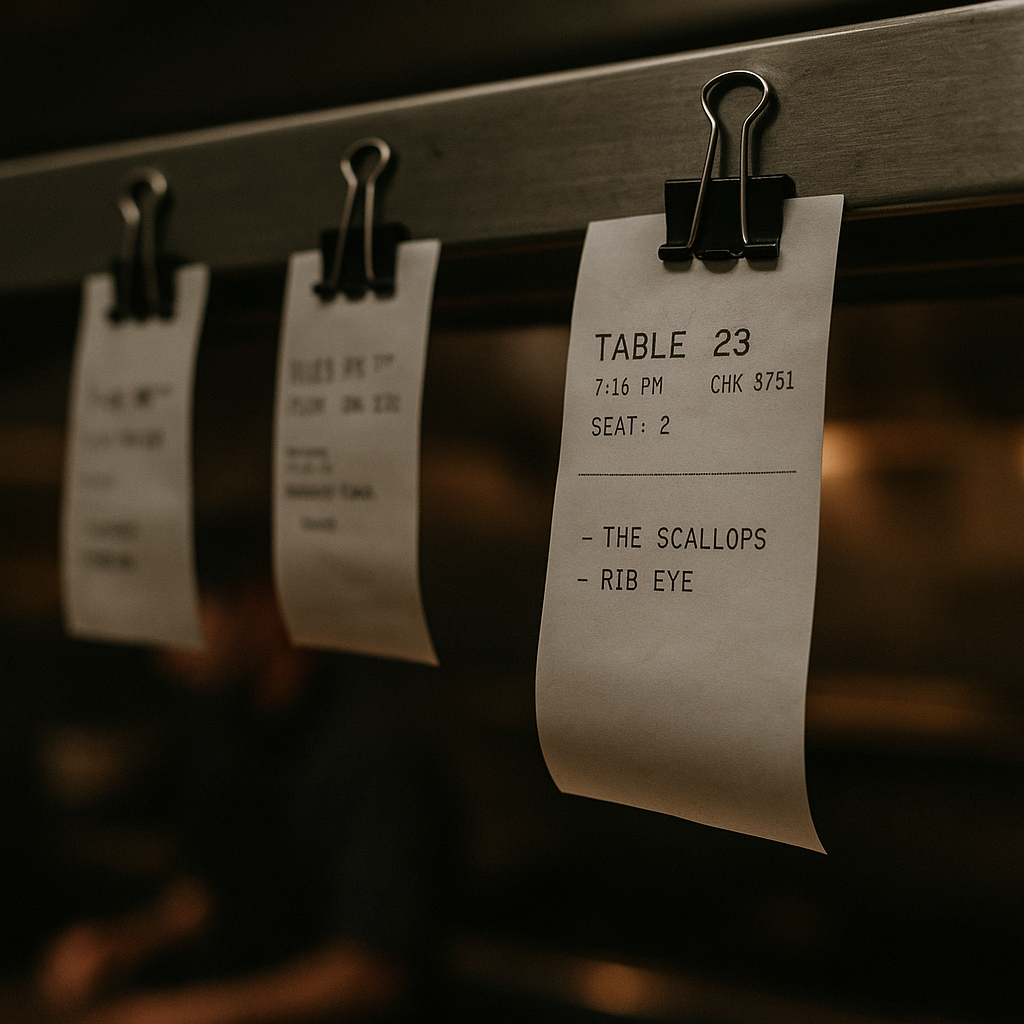The Dish That Made Them Famous (and why they can't take it off the menu)

Every restaurant has a past. For some, it’s a dish.
Maybe it was the scallops that landed them on Canada’s 100 Best. Maybe it was the mushroom risotto that got them their first standing ovation in the comments section of a food blog. Maybe it was the thing a critic once called “the city’s most essential bite.” And maybe — just maybe — it wasn’t even their best.
But it hit.
It hit hard enough to pull focus. To fill tables. To make diners remember. And now it’s the dish they can’t let go of.
Ask around and the stories start to repeat. The menu evolves. The kitchen moves on. But guests still ask:
“What happened to the scallops?”
“You don’t do the duck anymore?”
“That was the reason we came.”
And just like that — it’s back.
There’s a kind of magic to being known for a dish. It’s a marker, a legacy, a shorthand for what you do. But over time, the glow fades and the dish starts to feel like dead weight. The garnish is outdated. The prep doesn’t match the current systems. The technique feels too safe — a time capsule on a plate. It still sells, sure. But it sells to memory, not momentum.
Some restaurants lean in. They polish the icon, keep it pristine, make it a ritual. Others try to tweak it — update the plating, reduce the portion, change the sauce — but the pushback is immediate. “It’s not like it used to be.” And that’s exactly the problem. It isn’t like it used to be. Because neither is the restaurant.
You start to see it everywhere: places defined by something they did five years ago. Dishes that were brilliant in context — in a specific moment, on a specific night — but now feel like costume pieces. Like old merch. A reminder of who they were, not who they are.
But taking it off the menu feels risky. It feels personal. What if people stop coming? What if they don’t care about what you’re doing now?
So the dish stays.
And night after night, it leaves the pass — reliable, beloved, and slightly out of place.
Every restaurant wants to grow. But sometimes, the past shows up with a fork and a fond memory. And asks for the same thing as last time.
